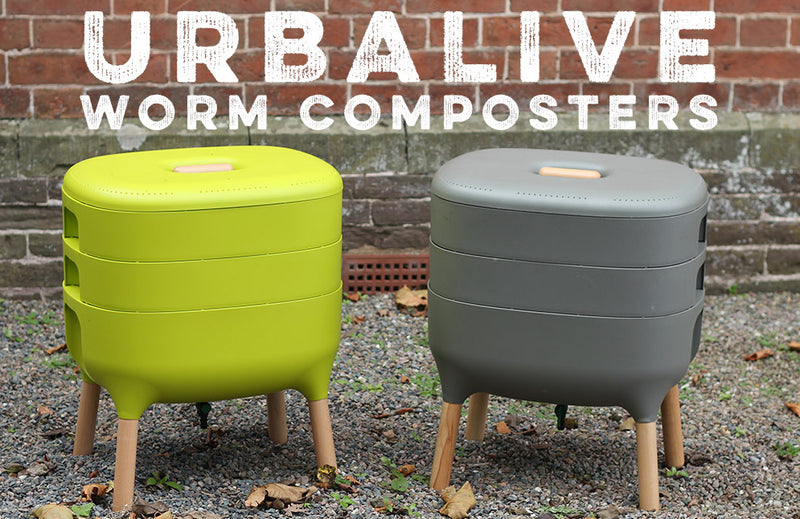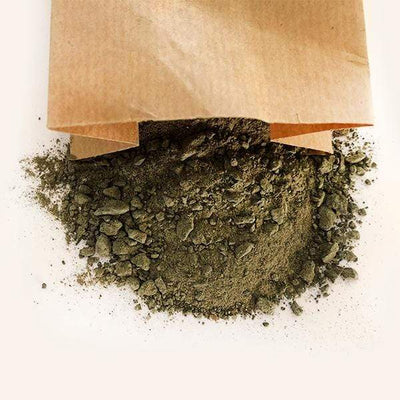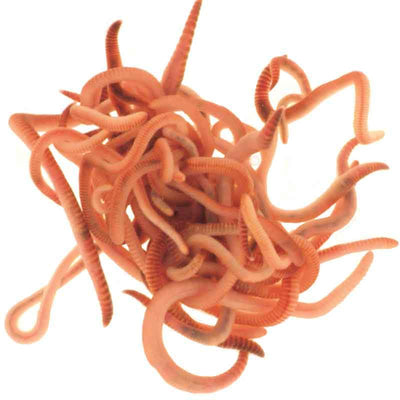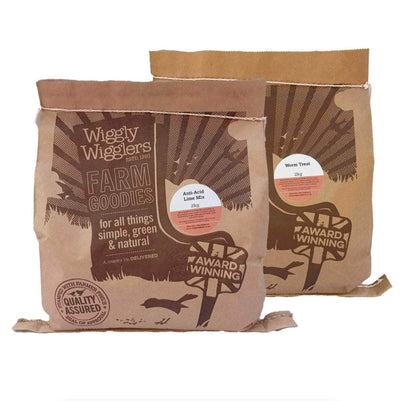Composting with worms is called vermicomposting and is perfect for dealing with all of your kitchen waste. One of the most popular wormeries is the Urbalive Worm Composter
All your kitchen waste can be added to your wormery. This includes cooked food scraps, veg peelings, tea leaves, coffee grounds, bread, pasta and rice. You can also add vacuum cleaner dust, hair, wool, cotton and egg shells.
Never add dog or cat faeces to your wormery as these contain pathogens.
On the other hand, manure from your vegetarian pets, such as rabbits and guinea pigs can be added to your kitchen waste to make great compost.
Where should wormeries be kept? In the summer a shady spot is best and in winter a garage, shed or greenhouse is perfect. If you have limited space a balcony, porch or yard are ideal as healthy wormeries don't smell.
Onions and citrus fruits increase acidity so you should avoid adding these to your wormery. High acidity levels will kill composting worms and adding anti-acid lime mix will help to keep a healthy balance.
Remember to add plenty of cardboard and paper (25-30% of everything you add to your wormery). It provides fibre for your composting worms and adding shredded paper helps to prevent identity theft.

Moisture mats should be placed on the top of the freshest waste in your wormery. Worms breathe through their skin, which needs to be moist to enable an exchange of air.
Significant improvements in the health of your composting worms can be achieved by adding Bokashi compost to your wormery. Introduce Bokashi compost gradually and build up over a period of time.

For More information on Making Compost pop over to https://gardeningmentor.com/make-your-own-compost/ for a fab read!
The Urbalive is the new face of Worm Composting - order the complete kit now https://www.wigglywigglers.co.uk/collections/urbalive-wormery-kits
#wormery #wormcomposting #vermicompost #compostingworms #greenliving #wigglywigglers #wigglyworms #weloveworms #worms #gardenworms #ecolife #compost #composting







